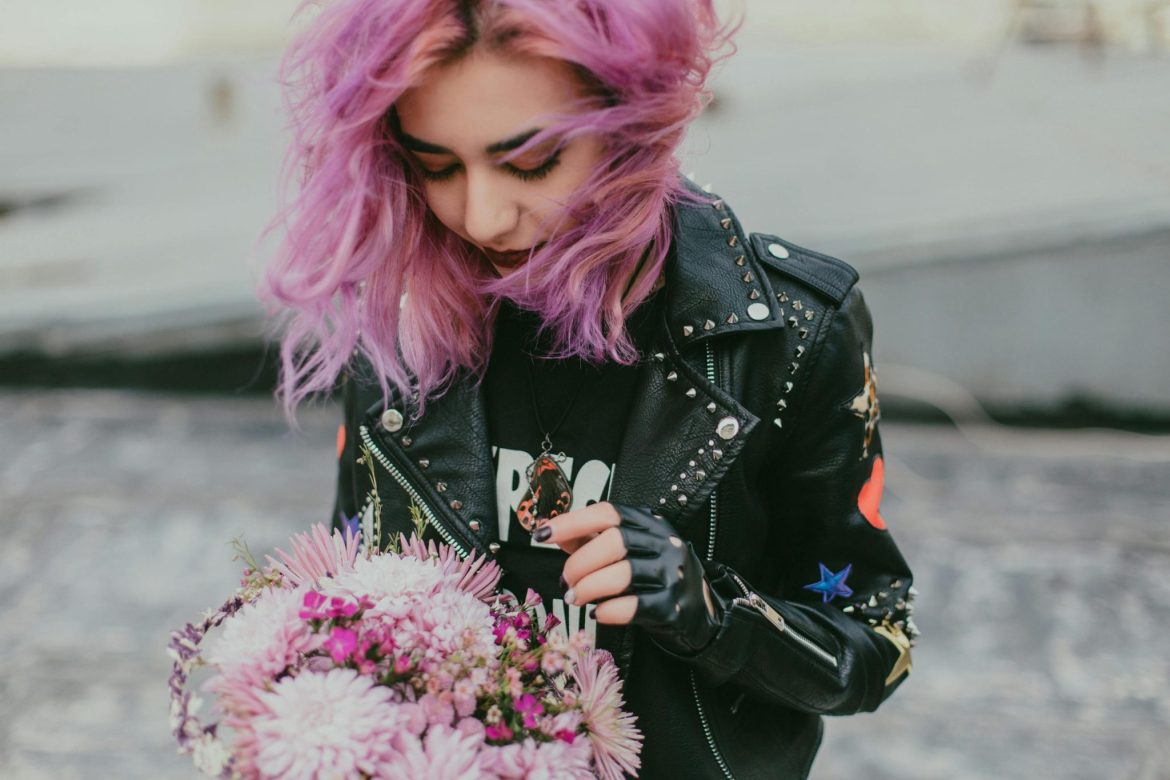Table of Contents
Hair color plays a significant role in personal expression and style, transforming natural hair shades into vibrant hues or subtle highlights. This article delves into the evolution of hair coloring, popular techniques, considerations for choosing the right color, and essential care tips to maintain healthy and vibrant hair.
Evolution of Hair Coloring
Hair coloring dates back to ancient civilizations, where natural dyes derived from plants, minerals, and insects were used to change hair color. Over the centuries, advancements in chemistry and technology have led to the development of synthetic dyes and techniques that offer a spectrum of colors and effects.

Popular Hair Coloring Techniques
1. Permanent Hair Color
Permanent hair color penetrates the hair shaft to alter its natural pigment, providing long-lasting results. It typically requires a chemical process to lift and deposit color, offering full coverage for gray hair or dramatic color changes.
2. Semi-Permanent Hair Color
Semi-permanent hair color coats the hair shaft with color that gradually fades over time through shampooing and exposure to the elements. It is ideal for enhancing natural hair color, adding richness, or experimenting with temporary shades.
3. Highlights and Balayage
Highlights involve selectively lightening strands of hair to create dimension and contrast. Balayage, a freehand technique, achieves natural-looking highlights by sweeping color onto sections of hair, blending seamlessly with the base color.
4. Ombre and Dip-Dye
Ombre transitions hair color from darker roots to lighter ends, creating a gradient effect. Dip-dye involves applying bold color to the ends of hair for a striking contrast with the natural base color.
Choosing the Right Hair Color
1. Skin Tone and Undertones
Consider your skin tone and undertones when choosing a hair color to complement your complexion. Cool-toned skin pairs well with ash or platinum blondes, while warm-toned skin suits golden or copper shades.
2. Natural Hair Color
Factor in your natural hair color and its compatibility with the desired shade. Darker hair may require pre-lightening for vibrant colors, while lighter hair can achieve various shades without extensive processing.
3. Maintenance and Commitment
Evaluate the maintenance requirements and commitment level of your chosen hair color. Permanent colors require touch-ups every 4-6 weeks to maintain vibrancy and cover regrowth, whereas semi-permanent colors offer flexibility with less frequent touch-ups.

Hair Coloring Care Tips
1. Preparing Hair
Before coloring, ensure hair is in good condition by trimming split ends and conducting a strand test to assess color compatibility and processing time.
2. Choosing Quality Products
Use professional-quality hair color products formulated for your hair type and desired results. Follow manufacturer instructions for proper application and processing times to achieve even color distribution.
3. Post-Color Care
After coloring, use color-safe shampoos and conditioners to maintain vibrancy and prevent color fading. Deep conditioning treatments and hair masks replenish moisture and nourish color-treated hair.
Trends in Hair Coloring
1. Natural Colors
Natural-looking hues such as chestnut browns, caramel blondes, and rich blacks continue to be popular choices for their timeless appeal and low maintenance.
2. Pastel and Fantasy Colors
Pastel shades like lavender, rose gold, and mint green appeal to those seeking bold and creative expressions. Fantasy colors, including vibrant blues, purples, and fiery reds, reflect individuality and trend-setting styles.
3. Dimensional Color
Multi-dimensional techniques like balayage, foiling, and color melting enhance hair texture and movement, offering depth and dimension without overwhelming the natural base color.

Considerations for Hair Health
1. Damage Control
Minimize damage by spacing out color treatments and using heat protectants when styling with heat tools. Avoid excessive brushing or harsh hair ties that can stress color-treated hair.
2. Professional Consultation
Consult with a hairstylist or colorist for personalized advice on choosing the right hair color, understanding the process, and maintaining hair health post-coloring.
Conclusion
Hair coloring continues to evolve as a transformative tool for self-expression and style experimentation. Whether opting for subtle highlights, bold hues, or natural tones, understanding the techniques, considerations, and care tips ensures a positive coloring experience and maintains healthy, vibrant hair. With ongoing innovations in color formulations and application techniques, hair color remains a dynamic aspect of personal grooming and fashion trends, empowering individuals to showcase their personality through their hair.
3.5


